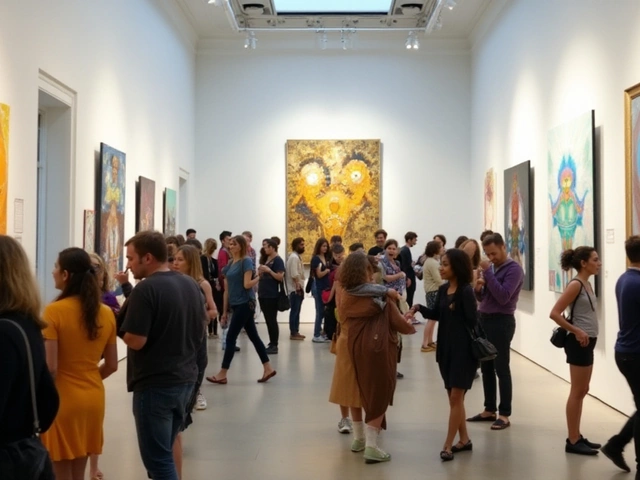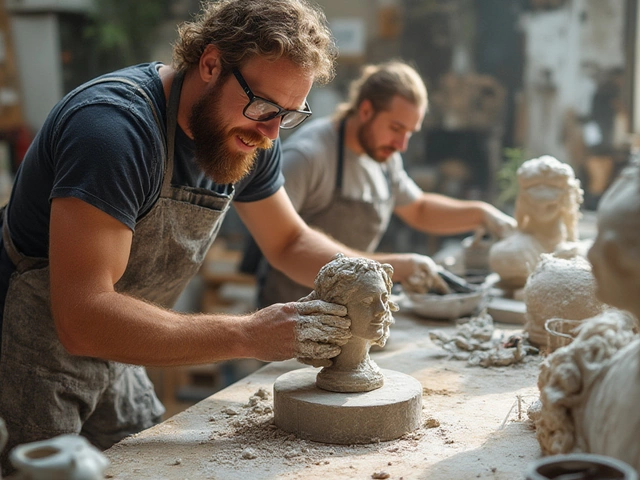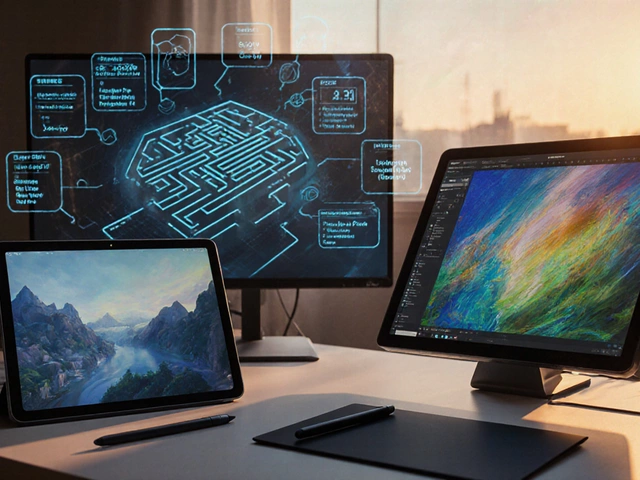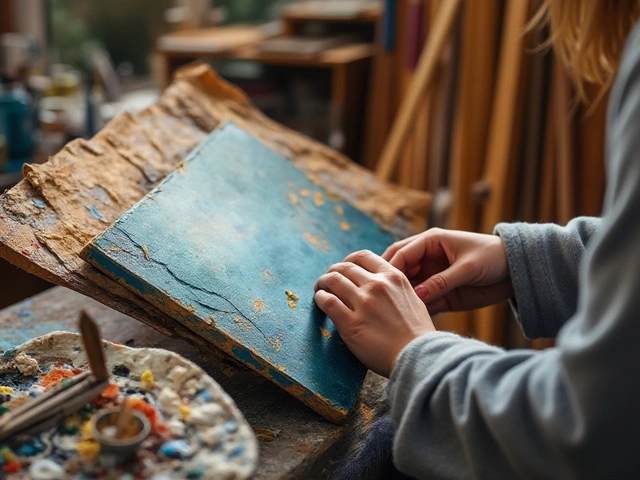Art Technique: Methods, Tools, and Tips for Every Artist
When working with art technique, the collection of methods artists use to shape visual work, whether on canvas, screen, or in space. Also known as art method, it bridges tradition and innovation. Art technique isn’t just a buzzword; it’s the backbone of every creative practice.
One major branch is digital art, the use of software, tablets, and online platforms to produce visual pieces. Digital art techniques rely heavily on tools like graphics tablets, layer‑based programs, and even blockchain for NFTs. Another classic pillar is oil painting, a slow‑drying medium that lets artists build depth through glazing and bold brushwork. Mastering oil painting demands knowledge of pigments, solvents, and the famous Goya technique for dramatic contrast. Then there’s sculpture technique, the physical processes of carving, modeling, casting, and assembling three‑dimensional forms. From marble to 3‑D printing, sculpture techniques shape how we experience space.
Why Understanding Art Techniques Matters
Art technique encompasses many sub‑disciplines. It includes digital art processes that require software proficiency, it requires oil painting tools like brushes and pigments, and sculpture technique influences three‑dimensional art by molding material. Knowing the specific technique you want to improve helps you choose the right equipment, avoid common pitfalls, and communicate more clearly with mentors or clients. For example, a beginner who wants to sell digital prints should first learn the basics of layer management, then explore monetization routes such as NFTs or stock sites. A painter interested in dramatic chiaroscuro can adopt the Goya technique—dark underpainting topped with luminous glazes—to add depth. Meanwhile, a sculptor aiming for realistic forms will benefit from mastering both carving and casting methods.
Each technique also connects to broader artistic goals. Digital art opens doors to online revenue streams, oil painting nurtures patience and color theory, and sculpture technique expands tactile understanding of volume. When you combine these approaches, you build a versatile skill set that adapts to galleries, online marketplaces, or community workshops. The posts below illustrate how these techniques play out in real‑world scenarios: from earning money with digital creations to step‑by‑step oil painting guides and essential sculpture tips.
Below you’ll find a hand‑picked selection of guides that dive into each of these methods, offering actionable advice, historical context, and practical exercises. Whether you’re just starting out or looking to sharpen a specific skill, the collection will give you the insight you need to move forward with confidence.
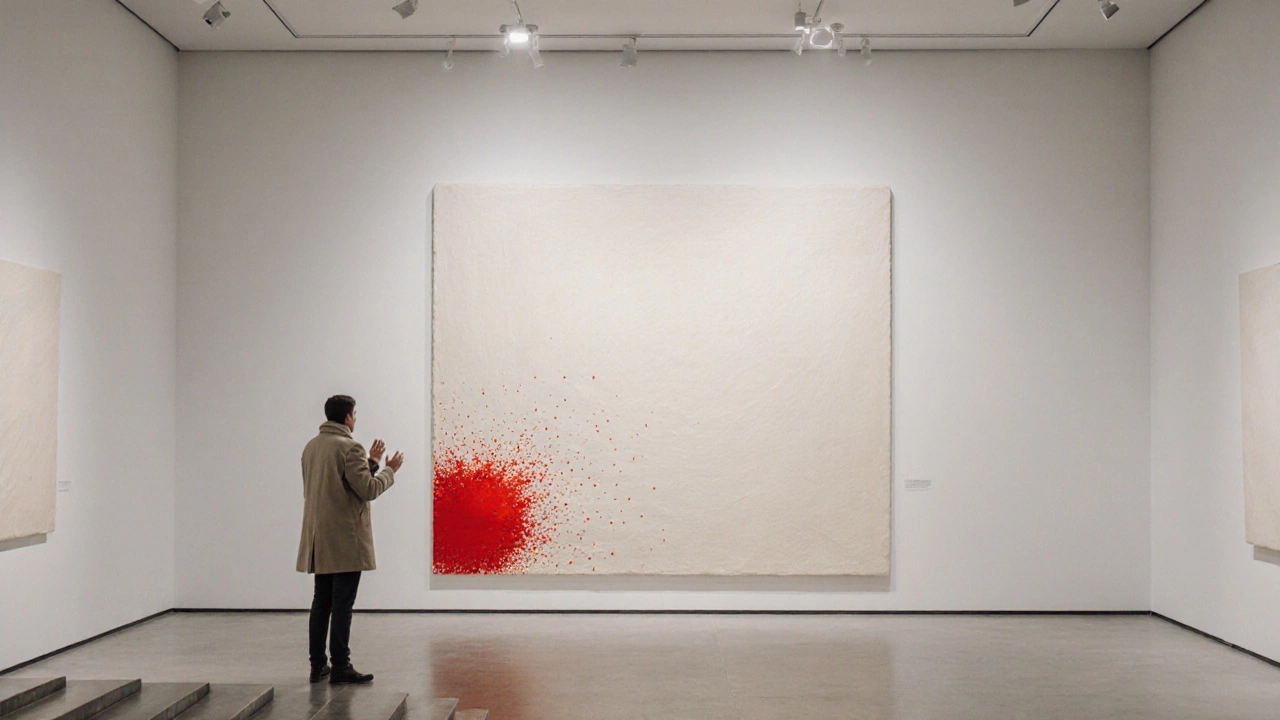
Explore why modern art is often labeled as lacking skill, uncover the shifting definitions of mastery, and learn how technique and concept intertwine in contemporary works.
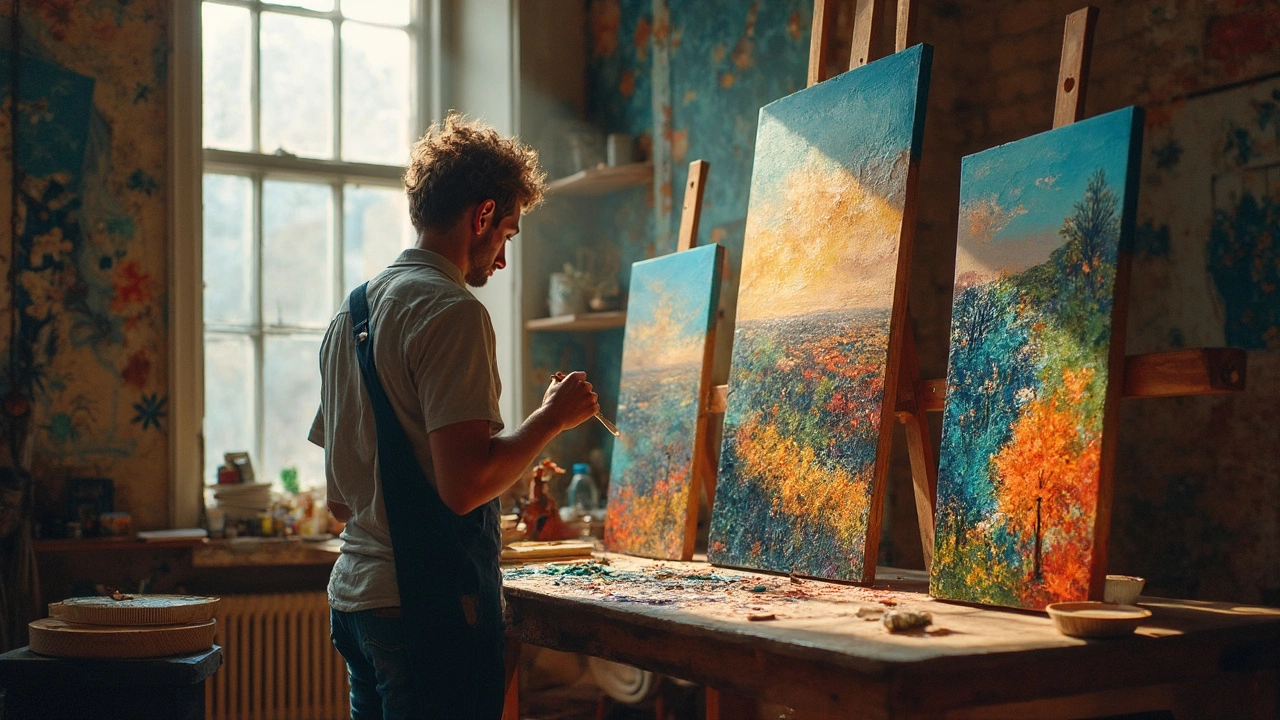
Sponging in art involves using a sponge to create texture and depth in oil paintings. This technique allows artists to add unique patterns and layers, enhancing the visual interest of their work. By experimenting with different sponge types and painting surfaces, artists can achieve varied effects. Sponging is accessible for beginners yet offers room for creative exploration for experienced painters. Adding this method to your artistic toolkit can bring a fresh dimension to your oil paintings.
